The surprising success of the Dutch is invariably tied to one company. Let’s see what was that incredible business and find out how a company revived the entire Dutch economy in the past.
A Look Back To The Dutch History – Dutch Economy In The Past
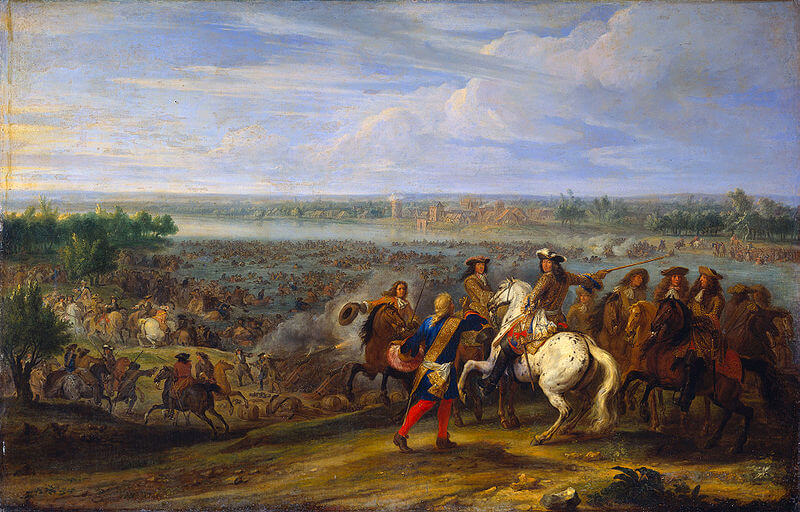
The Netherlands today might be an economic powerhouse. But back in the 16th century, it wasn’t doing so great.
To start things off, it wasn’t even independent at that time. It was under the domain of the Spanish Empire. As one of the earliest European colonizers, the Spanish Empire controlled vast territories across the world. They used the money they gained from slavery and trade to fund numerous wars.
The Netherlands ultimately became the victim of one such war. They had become part of the empire unwittingly due to marriage. They had to spend the next 80 years trying to break free.
Problem When Rebuilding The Country
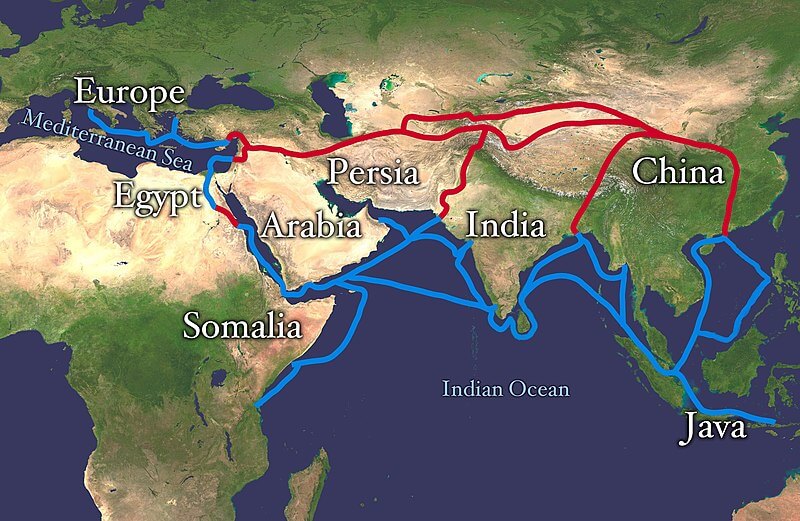
But the Dutch independence effort ran into a big problem very early on. The Dutch were a seafaring people. Fishing and mercantile shipping was their thing and they had been doing it for ages. The main goods they shipped were spices. But this was before the Dutch had any colonies of their own. Back then Portugal held a virtual monopoly on the spice trade, controlling all the major trade routes to Asia and back. Thus, the Dutch first bought all their spices from Lisbon. Then, they ship them around Europe to sell them at a profit.
But Portugal was absorbed into the Spanish Empire in 1580. And of course, they first did to close off Lison to the Dutch merchants.
Suddenly, the main artery of the Dutch economy had been cut off. There was only one thing the Dutch merchants could do: sail to the Far East and build their trading network.
A New Trade Route – Dutch Economy In The Past
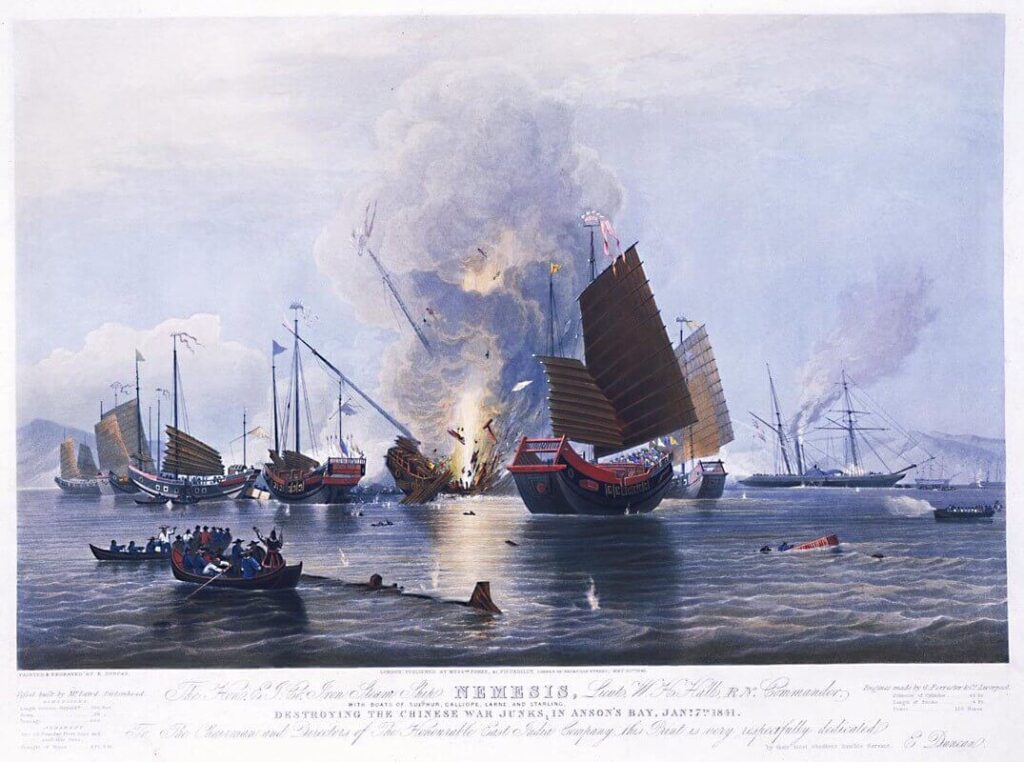
At first, this effort was very decentralized. Merchants from various Dutch cities would establish companies for single voyages.
Essentially, they would fund a few ships and their sailors. They would send them off to find a new trade route to the Far East. Some missions were successful and came back with lots of spices. However, most didn’t go very smoothly.
During the first six years, a total of 65 ships were sent out. 1 in 10 never made it back. The remains came back with only a third of their crew on average.
Nevertheless, these early voyages gave the Dutch the knowledge and experience on how to establish a more permanent trading network.
But another problem arose. Coordinating individual merchants, each competing with the rest, is hard. And with the English, Spanish and Portuguese all trying to create their trading empire, the Dutch knew that they had to band together.
In 1602, the various expedition companies united into a single company with vast sovereign power.
The Establishment Of The Dutch East India Company
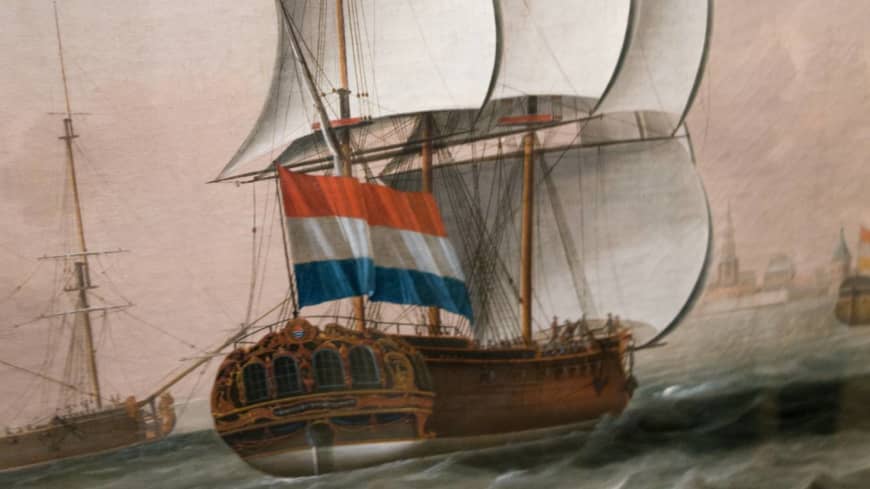
Its name wasn’t the Dutch East India Company though that’s how we call it today. It was called the United East India Company, or VOC for short. Its creation marked a new chapter in the history of the Netherlands.
The political motivations were clear as well. The Dutch needed a new economic engine to fight off the Spanish and restore their country. The VOC was their only hope.
In the center of Amsterdam, the VOC built a trading house. Every Dutch citizen could go there and buy shares in the company. This effectively gave the VOC money now in exchange for a claim on its profits in the future.
The VOC had created the world’s first stock market. It also had become the first publicly-traded company in history. The VOC’s initial public offering raised over 6 million guilders. This number is equivalent to about $110 million today.
The first victim of the VOC’s colonial ambitions was Indonesia.
The Dutch conquered modern-day Jakarta in 1611. It slaughtered the locals and built vast spice plantations on nearby islands. With the island of Java, the VOC spread throughout the Far East. Their factories in India produced exquisite silks and fabrics. The VOC then shipped these types of goods to Japan to trade for their supply of silver.
The VOC’s Great Development – Dutch Economy In The Past
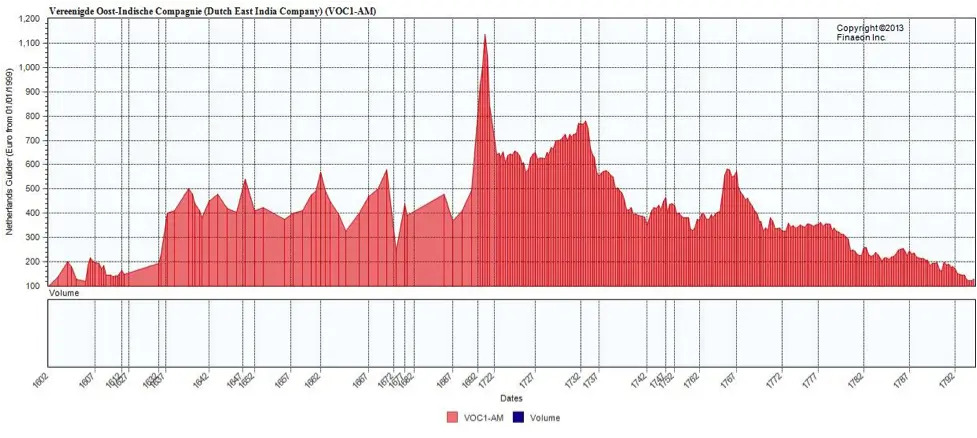
The VOC’s profit margins by monopolizing these trade routes were as high as 1500%. And all of this money was being funneled into the Netherlands.
They finally won their independence in 1648. And with that out of the way, the VOC’s profits were invested in only one project: land reclamation.
The Fall Of VOC
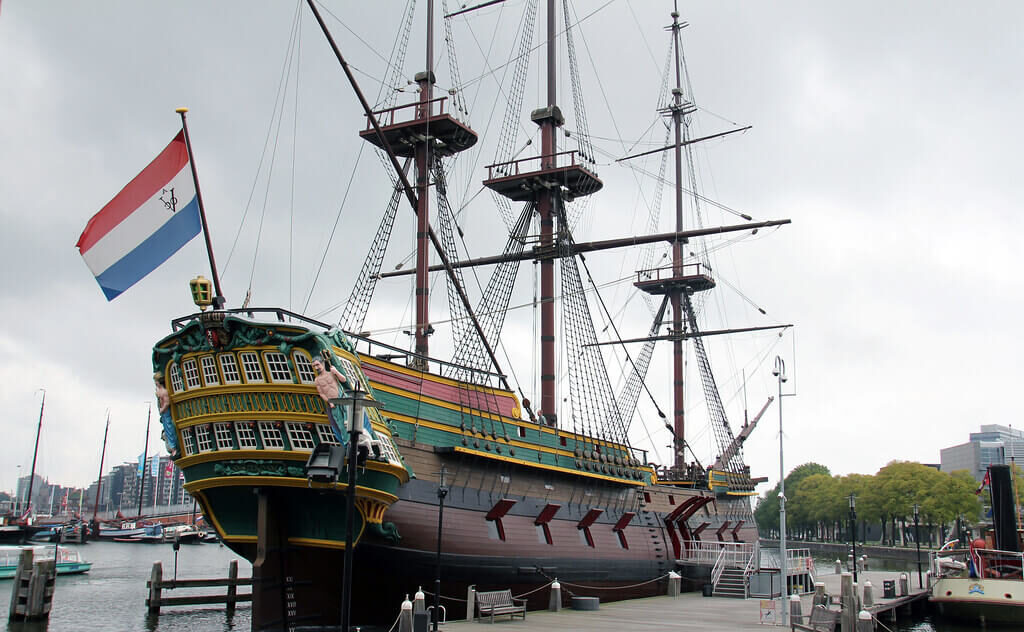
Unfortunately, a perfect storm in the late 18th century ended up destroying the VOC.
First, the Dutch lost a disastrous war against the British in 1784. This event disrupted the VOC’s network in Asia.
Then, just a decade later, the newly-created French Republic invaded the Netherlands and conquered them. With the British attacking in Asia and the French attacking at home, the VOC had no chance and officially went into bankruptcy in 1799.
Without the spice trade, the Netherlands lost its status as a global power.
Related Posts You Can Read:
